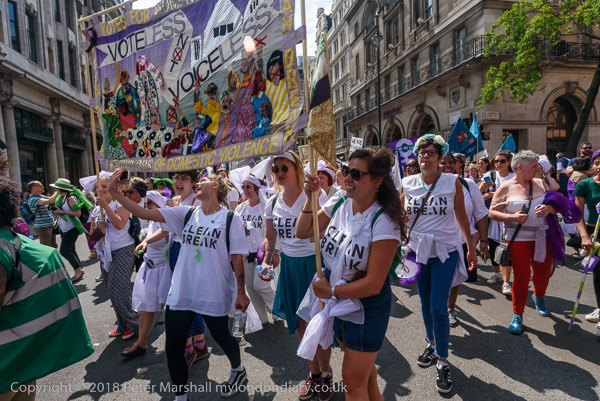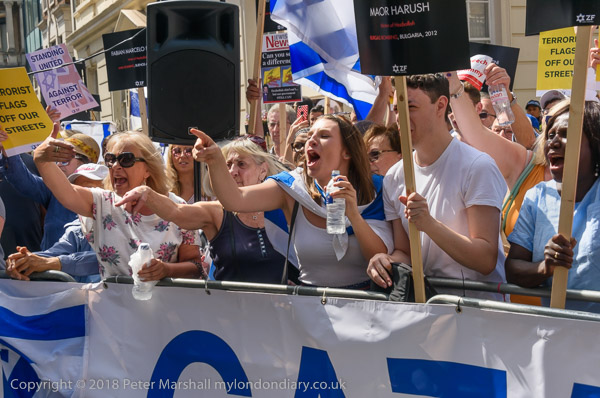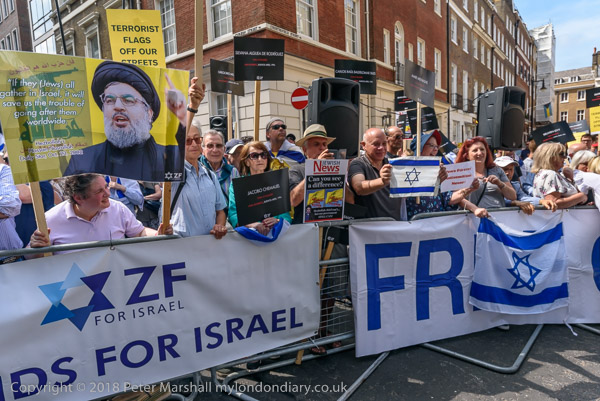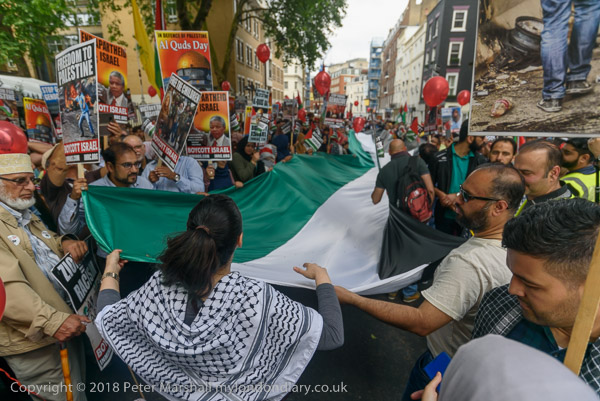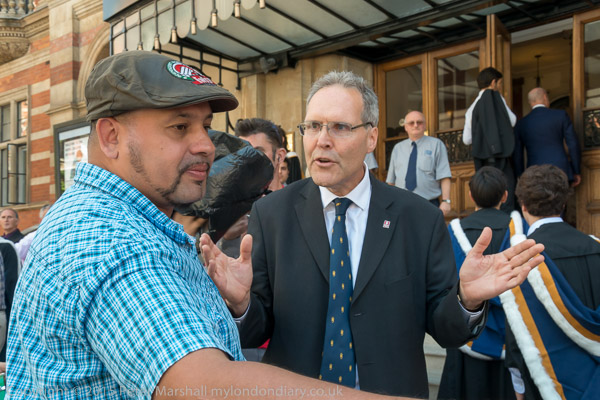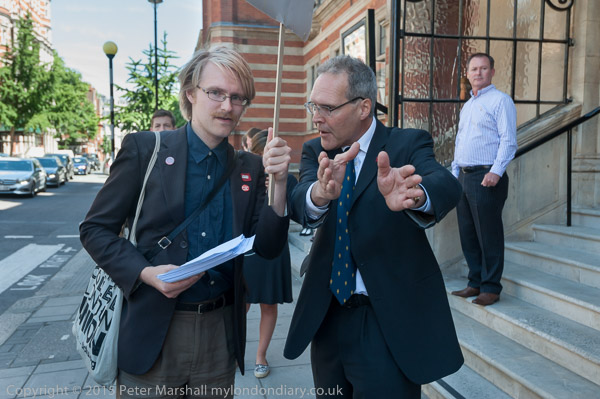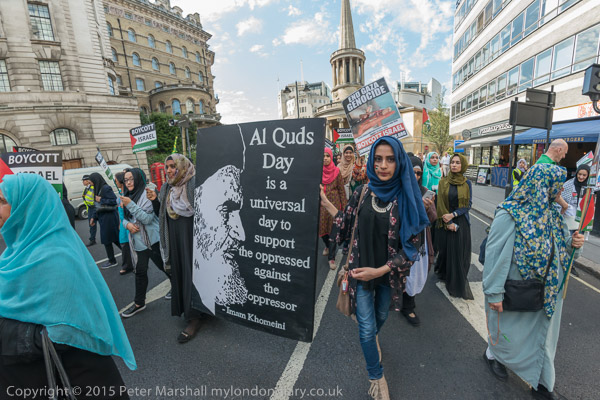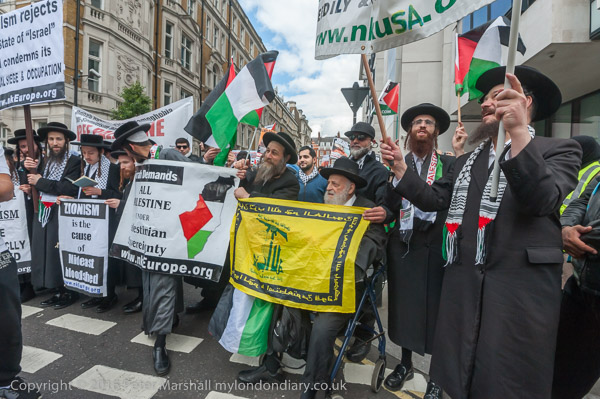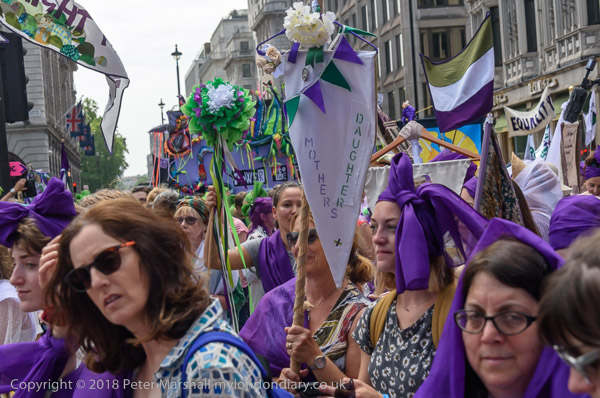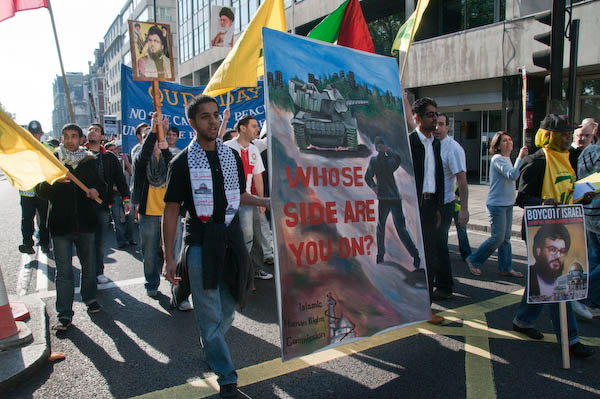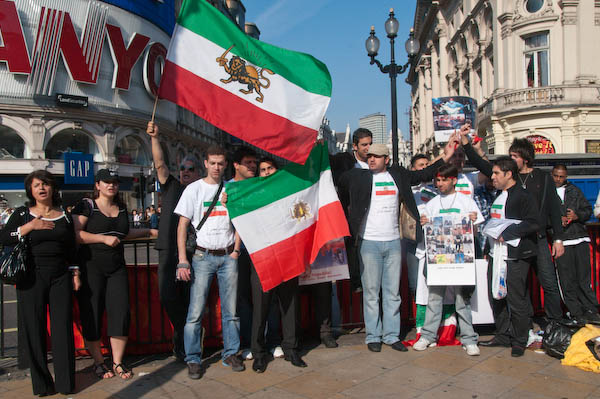Al-Quds Day 2007: On October 7th, the second anniversary of the Hamas attack on Israel I find myself thinking about the long fight by Palestinians since so many were displaced and dispossessed in the 1948 Arab-Israeli war and the many thousands who since then have been killed by Israeli attacks.

And of course for those Israelis who have been killed – though in much smaller numbers – by suicide bombers, by rockets and during the October 2023 incursion or among the hostages, and including those Israelis killed by Israeli forces.

What we have seen since however is not a war, not self-defence but genocide, the bombing and deliberate starvation of the entire population of Gaza. It comes on top of years of siege with restrictions on essential supplies and of the bulldozing of people’s homes as well as the establishment of more and more illegal settlements across occupied Palestine.

And our country remains complicit, still supplying arms to enable the genocide despite government statements to the contrary, still labelling protests calling for peace as ‘hate marches‘ and still making false allegations about antisemitism while failing to deal with the real anti-Semites who plan and carry out attacks such at that we all condemn in Manchester.

Thinking about what to post here for today, I came across the Al Quds Day march which took place in London on Sunday October 7, 2007. It was I think only the second time I’d photographed the annual event and I didn’t write a great deal about it then.

I did mention that this event was begun in 1979 when Ayatollah Khomeni declared the last Friday in Ramadan as Al Quds Day, (al-Quds being the Arabic name of Jerusalem), an annual anti-Zionist day of protest. In the UK the march has generally taken place on the following Sunday and is a demonstration in solidarity with the Palestinian people, largely by Muslims though also by anti-Zionist Jews and some of the UK left (many of whom are also Jewish.)

In 2007 a mixture of groups came to demonstrate against the march, largely because of its links with Iran both from its founding and also as it was organised by the Iranian Human Rights Commision (Inminds) which is alleged to receive funding from the Iranian government. Unlike later years I saw no counter-protests by Zionist groups or individuals.

Back then many of the march carried flags of the Lebanese Shia Islamist political party and paramilitary group Hezbollah which emerged there after the Israeli invasion in 1982 and has strong ties with Iran. As well as running schools and hospitals and other social services it has also taken part militarily in opposing the various attacks by Israel on Lebanon.
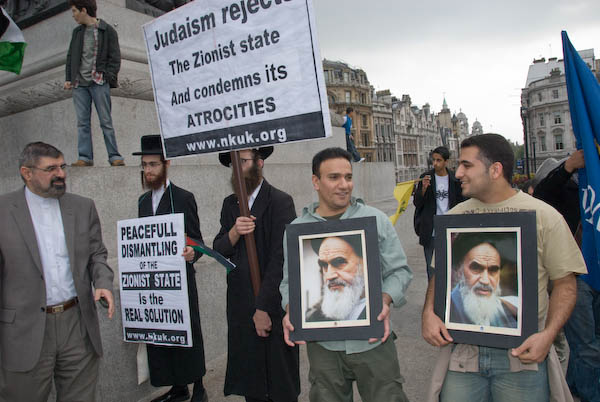
Many Hezbollah leaders have been assassinated by Israel, some in what many describe as terrorist attacks. Until 2019 when its political wing was also proscribed the showing of the Hezbollah flag remained legal though contested in the UK.

As in earlier years the march ended with a rally in Trafalgar Square, though after 2008 the GLA refused to allow them to use the square, citing insurance problems.
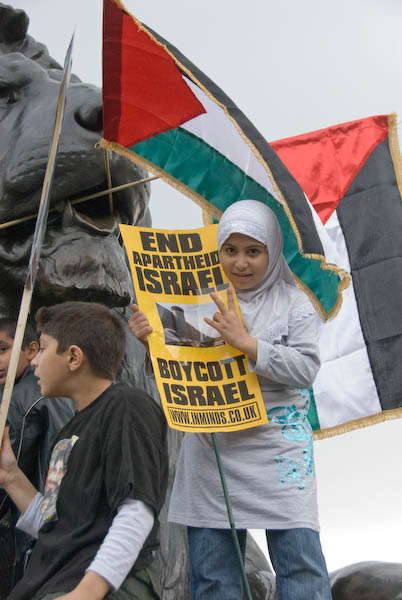
Many more photographs of both the marchers and the rally and those who came to protest against the march on My London Diary at Al Qud’s Day March And Protest
Flickr – Facebook – My London Diary – Hull Photos – Lea Valley – Paris
London’s Industrial Heritage – London Photos
All photographs on this page are copyright © Peter Marshall.
Contact me to buy prints or licence to reproduce.






























